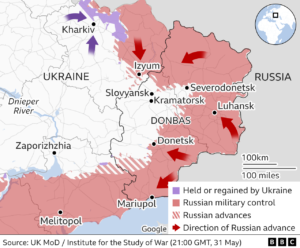Had an interesting discussion on the subject with Aadi Achint on Def Talks.
For selective viewing click on the links below:-
Bottom Line(s)
Air Power has tremendous potential and provides numerous options.
Application of airpower should be without restrictions for the speedy achievement of objectives.
Application of airpower is an art as well as a science, that needs to be understood.
Question
Have we understood the potential and application of airpower?
Suggestions and value additions are most welcome
For regular updates, please register here
References and credits
To all the online sites and channels.
Disclaimer:
Information and data included in the blog are for educational & non-commercial purposes only and have been carefully adapted, excerpted, or edited from sources deemed reliable and accurate. All copyrighted material belongs to respective owners and is provided only for purposes of wider dissemination.


